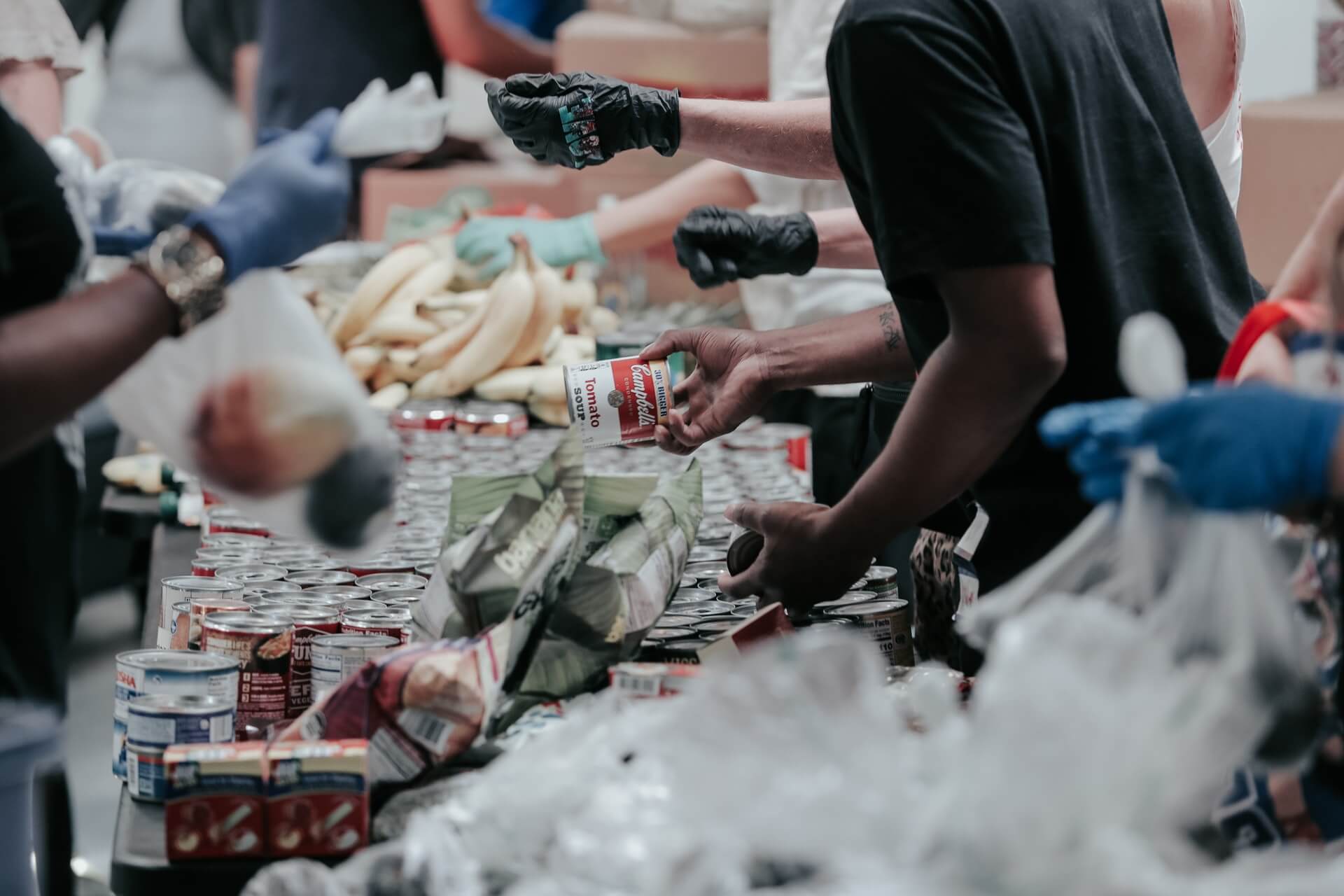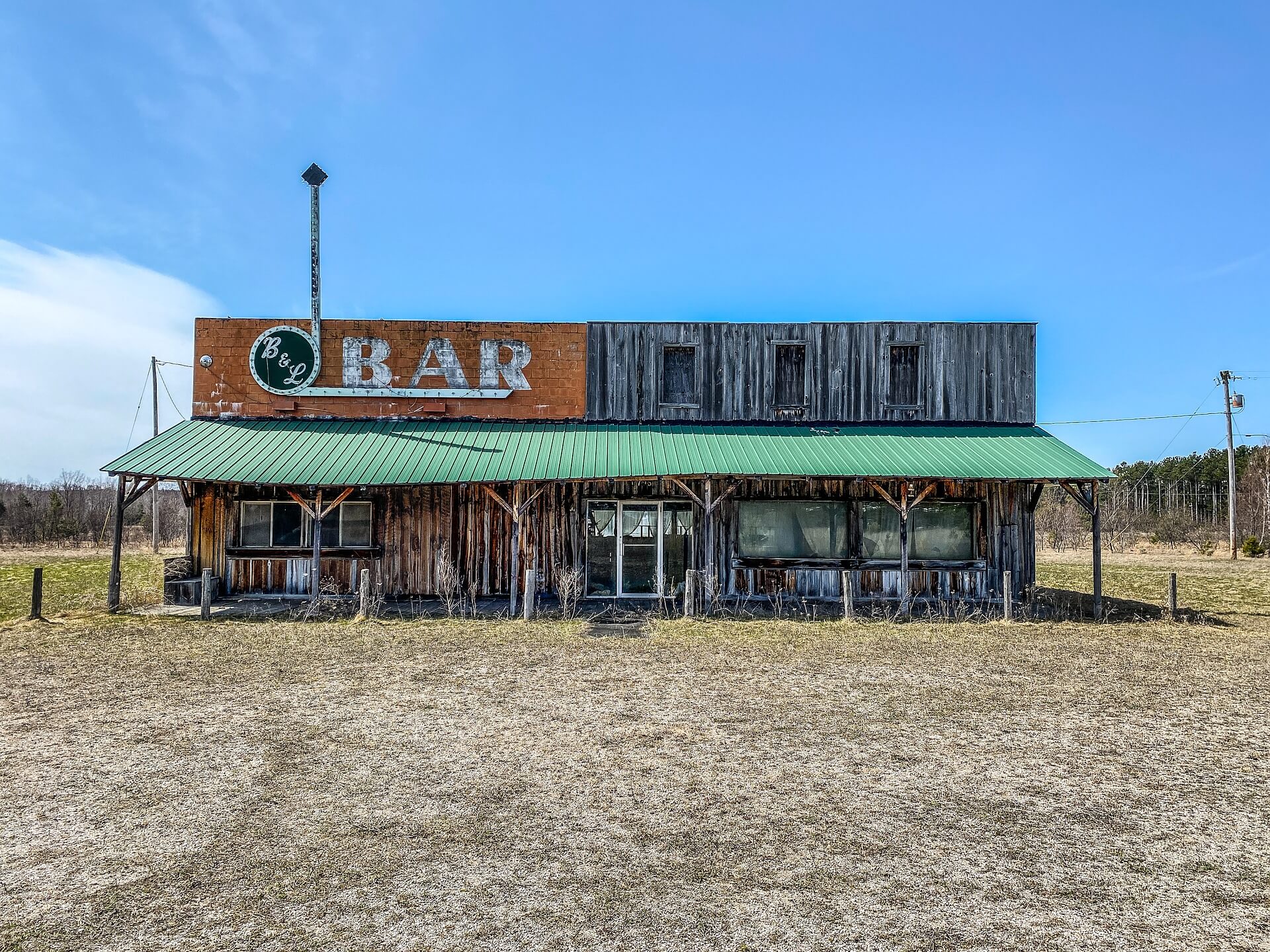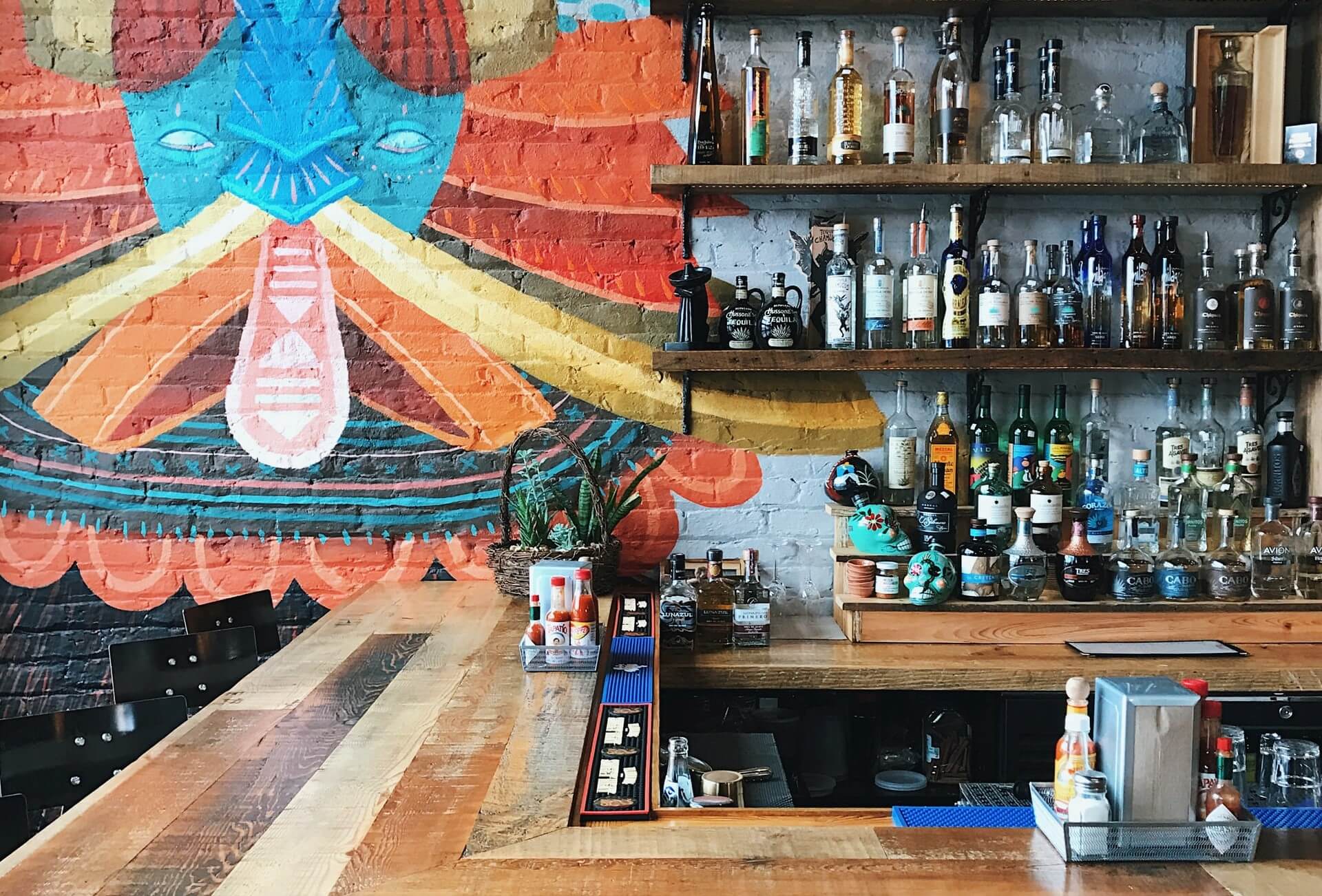What Your Brand Can Learn from LEGO
by David Klemt

When it comes to brands that enjoy nearly universal reverence, LEGO is a company with enviable presence and visibility.
Around the world, it’s difficult to find someone who isn’t aware of LEGO. It’s even more difficult to find someone who outright dislikes the brand.
Of course, we can say the strength of the LEGO brand boils down to them being a toy company that taps into nostalgia.
However, LEGO’s strength was recently revealed by tech columnist Jason Aten for Inc. The company, it turns out, approaches customer interactions in a “freaky” manner.
Fun
“Freaky,” as Aten explains in the Inc. article, stands for Fun, Reliable, Knowledgeable and Engaging.
When you look at those four words in the context of LEGO’s “freaky” approach, you can see the obvious links that can be made to hospitality.
Let’s start with Fun. This should be an easy one—your restaurant, bar or hotel should provide a fun guest experience.
Really, this should go without saying. If spending time at your hospitality business isn’t fun, why would guests return to spend their money on you?
Also, if your business is fun, your guests will become loyal, walking billboards for you. They’ll tell family, friends, and tourists they need to check out your restaurant, bar or hotel.
However, the guest side is only half of the brand equation. A brand that’s fun to work for as well is even more powerful. Your workers will help you recruit rock stars to add to add to the team if it’s fun working for you.
Think about it: If it’s fun to work for your brand, every team member is now a brand advocate.
Finally, think about your mental and emotional health as an operator. Running a business in this industry will always be difficult to some degree. Wouldn’t you be happiest operating a brand that’s fun and loved by guests and staff alike?
Reliable
Replace the Reliable with “consistent” and you can see where I’ll be going with this one.
While lately they never seem to be shy of controversy, McDonald’s is an excellent example for consistency.
After all, there’s a reason the company is the most-powerful fast-food concept on the planet. Not to malign the brand, but do you think it’s because they craft the best-tasting, highest-quality cheeseburgers?
No, it’s because McDonald’s demands consistency from all their locations. For decades, the company has dialed in their processes.
Global perception of the brand is that regardless of where in the world you visit a McDonald’s, the experience will essentially be the same. There may be menu items exclusive to certain countries or regions, but the core menu will taste the same.
One of the most effective ways to convert a person into a loyal guest is to ensure your experience is consistent.
The food, the service, the atmosphere, the energy… If it’s consistent—also known as reliable—your guests will return (if it’s consistently great, of course).
Knowledgeable
When of the most effective ways to turn a small guest issue into a huge one is to utter the following: “I don’t know.”
Guests hate those three words. Whether it’s a question about a menu item or one that’s about a problem, being told “I don’t know” is frustrating.
According to many reports throughout the years, Disney prohibits guest-facing staff from saying those three words. Instead, if they don’t know the answer to a question, they’re supposed to say, “I can find out for you,” or, “That’s a good question.”
And that’s just one example of ensuring you and your staff are knowledgeable.
Another example is educating your guests.
It’s fair to say that due to the nature of their positions, your bartenders and servers spend the most time engaging with your guests.
Sharing their knowledge of your menu items is a great way to upsell and create loyalty. It’s one thing to be able to rattle off a menu description; it’s quite another to be able to go deeper and share information beyond a short menu blurb.
Bartenders in particular are integral to educating guests. In a few moments, a knowledgeable bartender can introduce your guests to new spirits, beers, wines and cocktails.
That sharing of information demonstrates being Knowledgeable and Fun. And if guests return because of that element of the guest experience, it also embodies being Reliable.
Engaging
Put Fun, Reliable and Knowledgeable together. What do you get? A hospitality brand that’s Engaging.
Of course, that’s not all there is to building an engaging brand.
Social media, it should go without saying, leverages engagement. Your guests—and potential guests—can interact with your brand when they’re not physically at your location via your social channels.
Wendy’s is a compelling example of being Engaging. The brand’s Twitter account is famous for engagement and interaction. It’s also Fun (for their audience, not always so much for their targets) and Reliable (in the sense that we know what’s going to happen if you step to the Wendy’s Twitter admin).
However, I caution against attempting to copy what Wendy’s does on Twitter, lest you draw their ire. Like battle rappers had a long-standing rule against challenging KRS-ONE, hospitality and foodservice accounts should heed the rule against trying to battle Wendy’s on Twitter.
Guest-facing staff with great personalities, informative and fun tastings, special promotions, F&B-focused membership clubs, loyalty programs, and live entertainment are also examples of how you can build an Engaging brand.
They’re also examples of being Fun, Reliable and Knowledgeable. That’s because all four elements feed into one another.
So, take some time to consider what your brand communicates to your guests and staff. If it’s “freaky,” you’re on your way to being as beloved as LEGO.
Image: Xavi Cabrera on Unsplash










